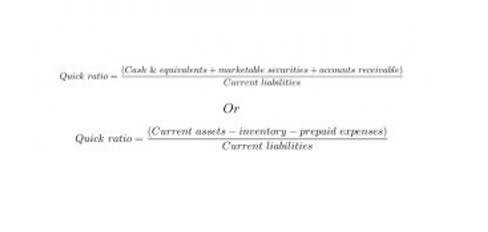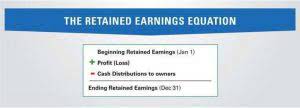
As bonds are amortized, the carrying value of the bond on the balance sheet gradually converges with its face value. This adjustment ensures that the financial position of the company is accurately represented, reflecting the true economic value of its debt obligations. The periodic reduction in the bond premium or discount is recorded as an bond premium amortization schedule adjustment to the bond’s carrying amount, which in turn impacts the total liabilities reported. Under the constant yield method, the calculation is performed for each accrual period, which is the period between interest payments. The first step is to multiply the bond’s adjusted basis at the beginning of the period by the constant yield to maturity rate.
Bond Amortization Schedule (Discount)
There are instances where Box 13 might be blank or not reflect the correct amortized premium. The Internal Revenue Service (IRS) requires the use of the constant yield method to calculate amortizable bond premium for each accrual period. As the bond’s premium or discount is amortized, the interest expense recorded on the income statement is adjusted accordingly. This adjustment reflects the true cost of borrowing and provides a more accurate picture of a company’s financial performance. The method chosen for amortization directly impacts the interest expense, making it a crucial consideration for financial managers.

Amortizing Bond Premium With the Constant Yield Method

The amortization of the premium schedule shows how much premium is claimed against each payment and the resulting book value. For most taxpayers, the primary source for identifying the amortized bond premium on tax-exempt bonds is Form 1099-INT. Companies do not always issue bonds on the date they start to bear interest. Regardless of when the bonds are physically issued, interest starts to accrue from the most recent interest date.

Straight-Line Amortization of Bond Premium on Annual Financial Statements
You’ll see the chance to enter the adjustment for accrued interest paid adjusting entries on the page that reads ‘Tell us if any of these uncommon situations apply’. Check the first box ‘We need to adjust the taxable amount’ and continue to enter your accrued interest adjustment. For tax-exempt and taxable bonds, this adjustment happens automatically when you enter the amount from Box 13 and Box 11 in the 1099-INT section of TurboTax. The adjustment will reduce your amount of reportable tax-exempt interest on Form 1040, line 8b. For instance, if you take out a 30-year mortgage, in the first few years, you may feel like you’re not making much progress on your home’s principal.

Tax Implications of Bond Amortization
- As bonds are amortized, the carrying value of the bond on the balance sheet gradually converges with its face value.
- The answer lies in the matching principle of accounting, which states that revenues and expenses should be recognized in the same period in which they are incurred.
- Throughout our explanation of bonds payable we will use the term stated interest rate or stated rate.
- It allows investors and issuers to account for changes in the bond’s value and make informed decisions.
- The amortization of the premium schedule presented here assumes the bond is purchased on an interest payment date.
- The disclosure requirements and the presentation formats for bond amortization in the financial statements, and the common errors and pitfalls to avoid.
A capital gain is the amount by which the current value of an asset exceeds the original purchase price. One option is for the investor to claim all of the capital gain as taxable income at the time of redemption, which results in a higher How to Run Payroll for Restaurants taxable amount at the time of redemption. This allows the investor to spread the capital gain over each payment interval, claiming a little bit of the capital gain along with each bond payment. This results in a higher taxable amount for each payment interval, but results in lower taxes overall because the capital gain is not claimed as a single lump-sum taxable expense on the maturity date. Notice that the effect of this journal is to post the interest calculated in the bond amortization schedule (5,338) to the interest expense account.
- One option is for the investor to claim all of the capital gain as taxable income at the time of redemption, which results in a higher taxable amount at the time of redemption.
- The bond premium account in this journal entry is an additional amount to the bonds payable on the balance sheet.
- The format of the journal entry for amortization of the bond premium is the same under either method of amortization – only the amounts change.
- This process allows investors to dissect the periodic payments made on a bond, separating them into principal and interest components.
- However, each journal entry to record the periodic interest expense recognition would vary and can be determined by reference to the preceding amortization table.
- This strategy can be especially beneficial for bonds held in taxable accounts, as it allows investors to defer taxes and potentially reduce their overall tax burden.
The market interest rate was 5%, and the bond proceeds were $317,359, signifying a premium because Bluestone offered a better rate than the market. How to compare the advantages and disadvantages of the different methods of bond premium amortization. The bond amortization excel can be used for small to big company or individuals. You can turn the bond amortization schedule calculator into depreciation calculator. However, you may define the formula by your own especially straight line method. Amortization schedules are not exclusive to bonds; they are integral to mortgages, car loans, and any financial instrument that involves regular payments over time.
